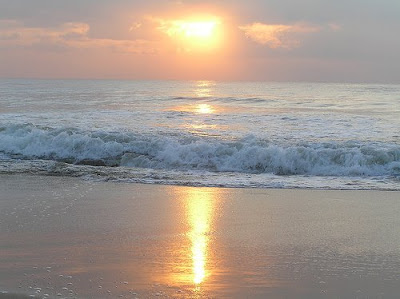
Sathyam Cinemas is Chennai’s hottest entertainment destination for people from all walks of life, across a wide age group and user profile. At any time of the year, Sathyam Cinemas averages about 70% occupancy at its 6 screens in the heart of Chennai city, among the highest in the country. More facts about Sathyam are given below:
* 6 screens – total 2378 seats
* 250,000 tickets sold for movies on a average every month
* An average occupancy of 70%
* 8000 average footfalls in the complex on weekdays (Monday through Thursday)
* 15000 average footfalls in the complex on weekends (Friday through Sunday)
* 5000 Cars and 16000 Two wheelers parked per week in the complex’s parking lot
Centrally located off Chennai’s arterial Mount Road, Sathyam cinemas is a major draw to students, residents and professionals of all age groups throughout the week. With more than adequate parking for 400 cars in its main parking lot and an additional 100 at it’s newly opened Parking Annexe besides a capacity of 1000 two wheelers per show, advertisers are guaranteed a phenomenal touch point with potential customers when they choose Sathyam as their advertising destination.
Sathyam Cinemas is among the first in Chennai and the country to introduce Digital Projection (RDX) in its screens, houses its own bakery with a specialist chef who churns out the most delectable snacks and desserts around town and has a lot more lined up to give Chennai its finest entertainment experience.
Technology
In May 2005, Sathyam theatre became the first and only cinema theatre in India to utilise Texas Instruments' Digital Light Processing(DLP) technology. To inaugurate the introduction of the RDX(TM) technology at the Sathyam screen, a major city-wide campaign was launched, which coincided the worldwide release of Star Wars Episode III. This became the first movie to be projected using the Digital technology.
Blur
It is a gaming domain opened exclusively by Sathyam Cinemas on its 4th, th and 6th floors in its main Ti-ru-vi-ka road complex. Blur contains the latest gaming consoles Playstation 3, Nintendo Wii, XBox 360 and a whole lot of latest games which can be played in their assigned consoles. The customer has to purchase a lifetime Blur card for Rs. 100. Rates are quite cheap coming at around 60 Rs./hour of playing on the consoles. In addition to the consoles, there are also computer games, as well as a bowling alley. A Blur cafe exclusively tends to the gamers too.
Idly and Dosa
A pure vegetarian South Indian restaurant on the first floor of Sathyam Cinemas complex. It caters to the vegetarians of Chennai.
The favorite food tipped to be a sell out with the masses is Bun and Plantain
Ecstacy
It is a café run by an exclusive French chef Mickáel Bessé. The café is located on the ground floor near the parking lot and offers delicious savouries and confectionery.
Pure Cinema
Pure Cinema is a concept wherein "memorable, award-winning" international movies are screened. As clearly explained in the FAQ section, Pure Cinema is just "regular cinema screened under a different brand". The sanctity of the original movie's language is maintained as only English subtitles are provided.
Blind Date
Blind date is an initiative wherein an unrealeased blockbuster movie is screened every Thursday at Studio-5. Movie-goers are not told anything with regard to the film prior to watching the movie. The website advises viewers to not bring children as adult-rated movies might also be screened.
Fuel
Fuel is the name of the pre-paid movie card which can be used to purchase movie tickets at Sathyam (online, at their counter or over the phone) and to purchase food and beverages at any of the counters within the cineplex.[8] It costs Rs. 300 for purchase and has an initial spending value of Rs. 250. It can be topped up when required. Movie-goers may also use the Fuel card in conjunction with cash and/or Credit card when purchasing movie tickets.
The Alive Foundation
Partnering with Ecotone, Sathyam Cinemas has established a Trust, The Alive Foundation. This trust has been started to facilitate environment education through films and the big screen experience.




